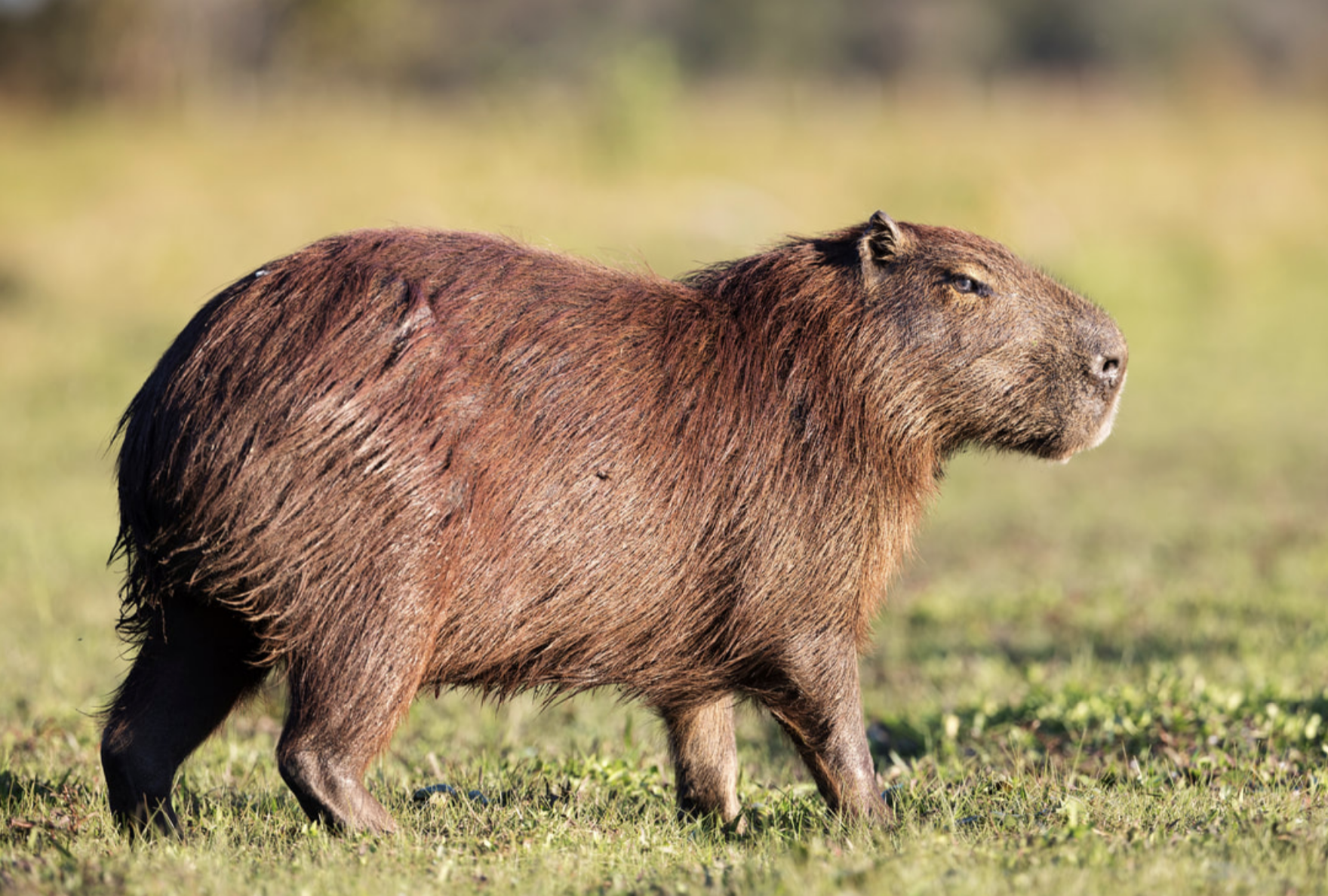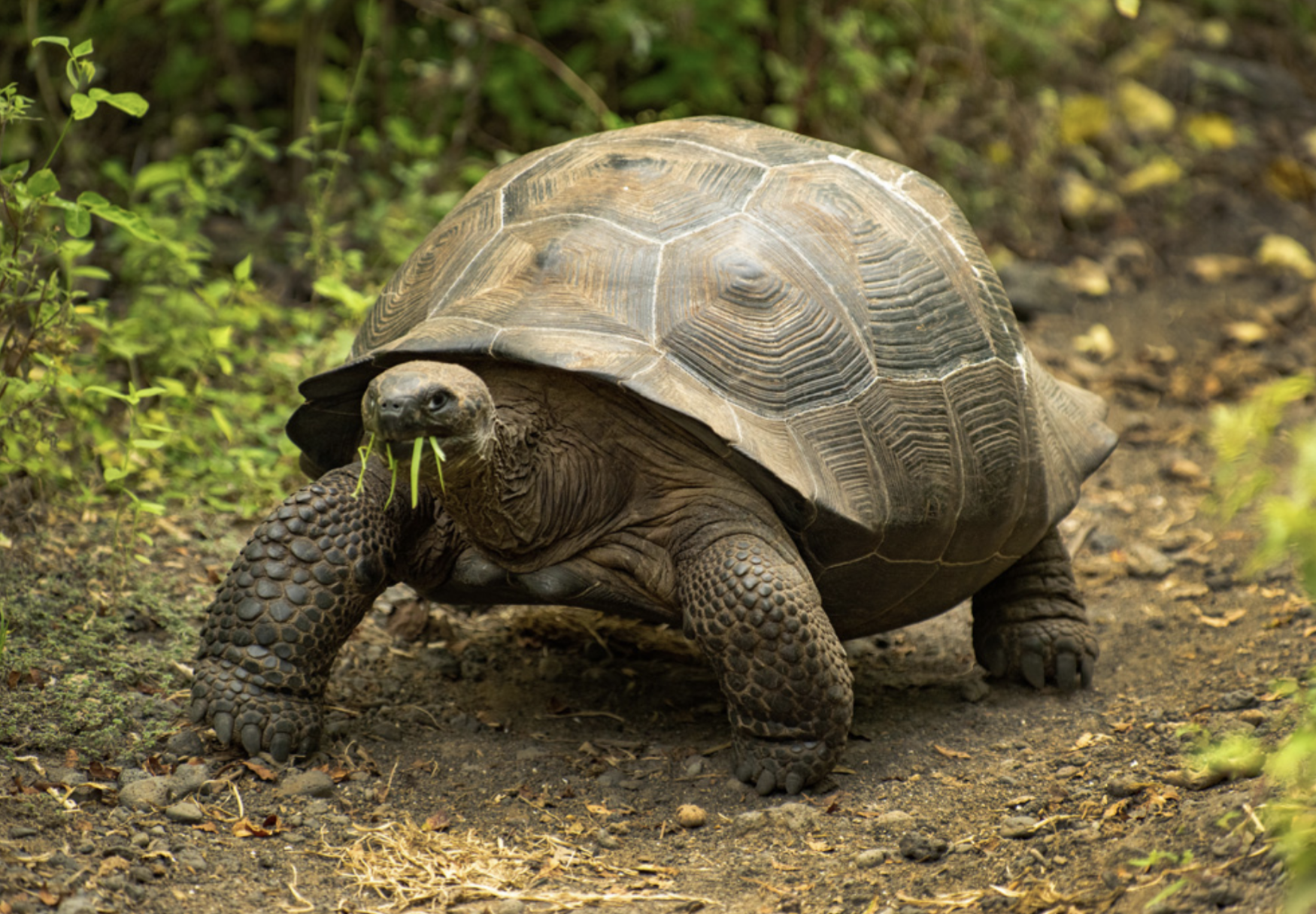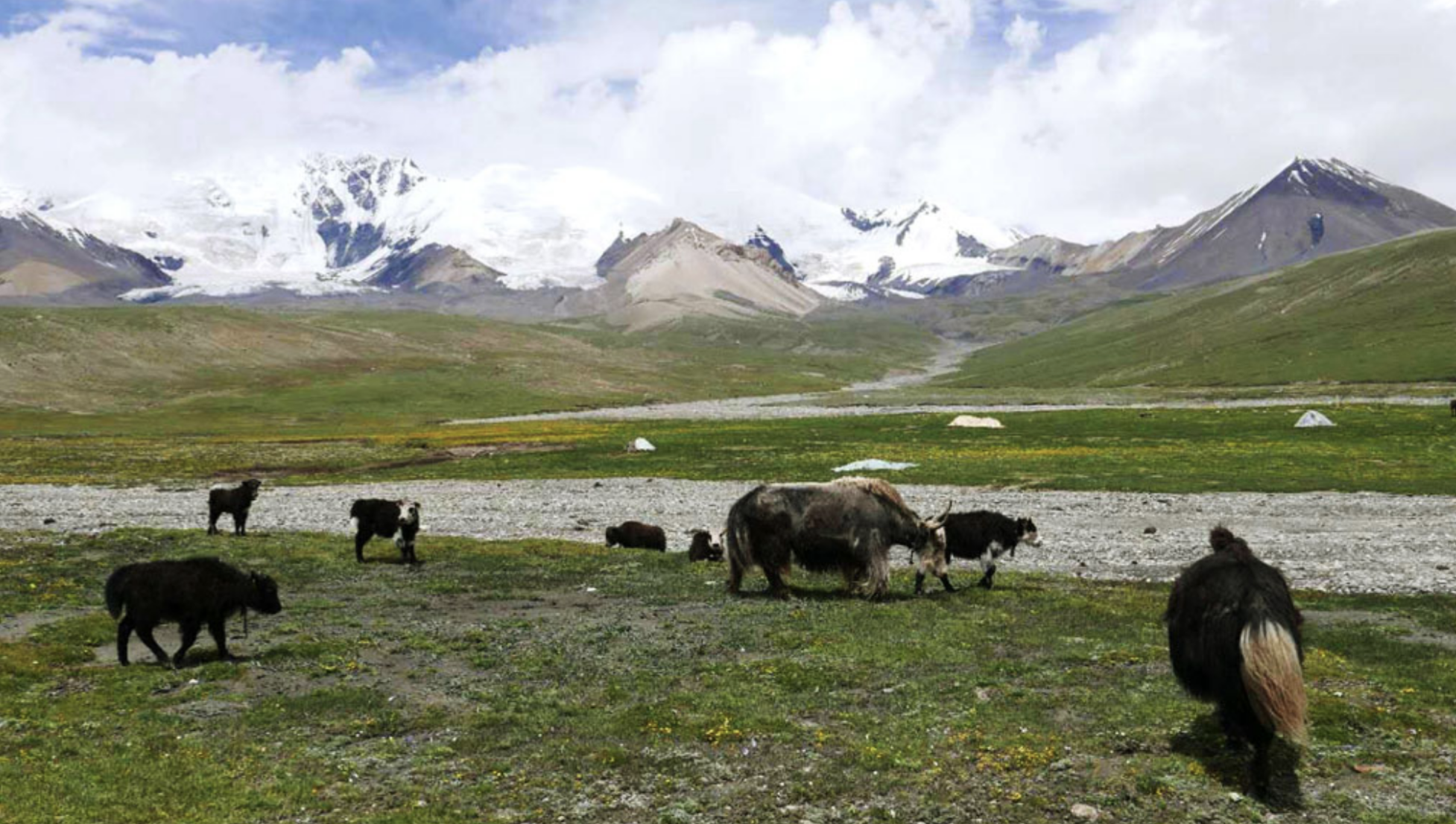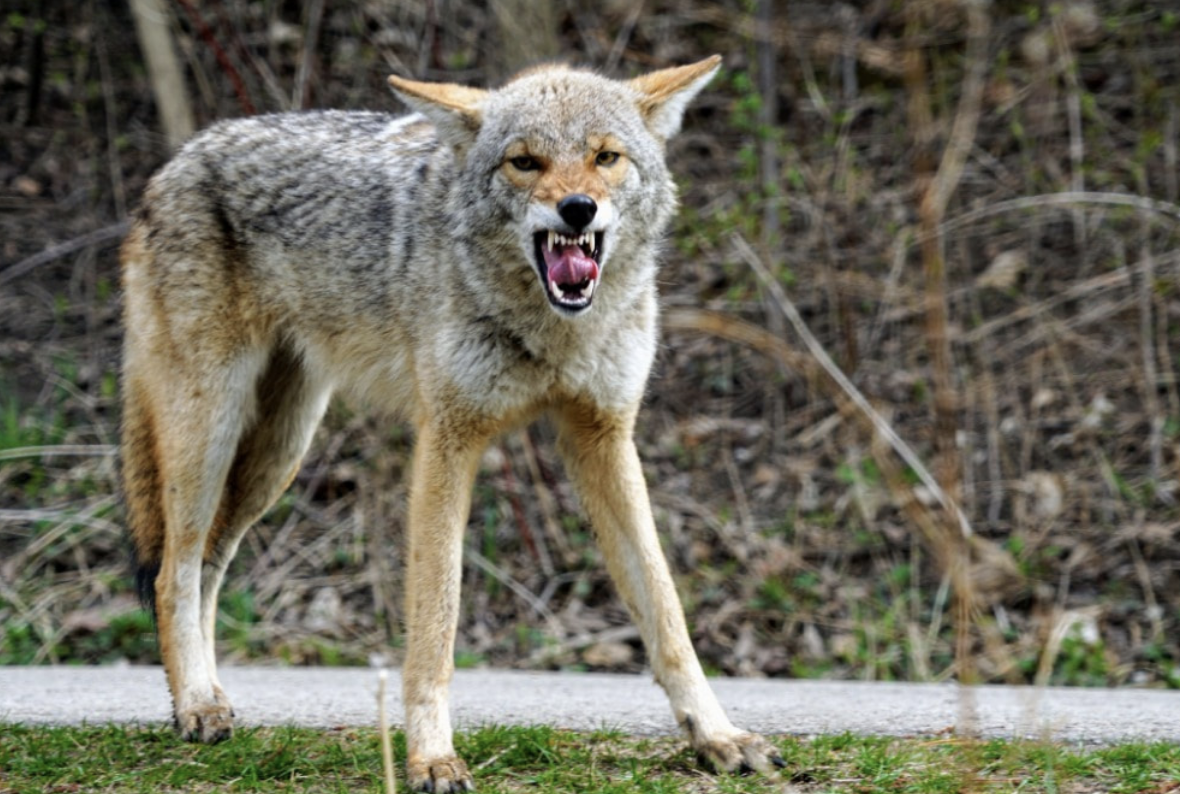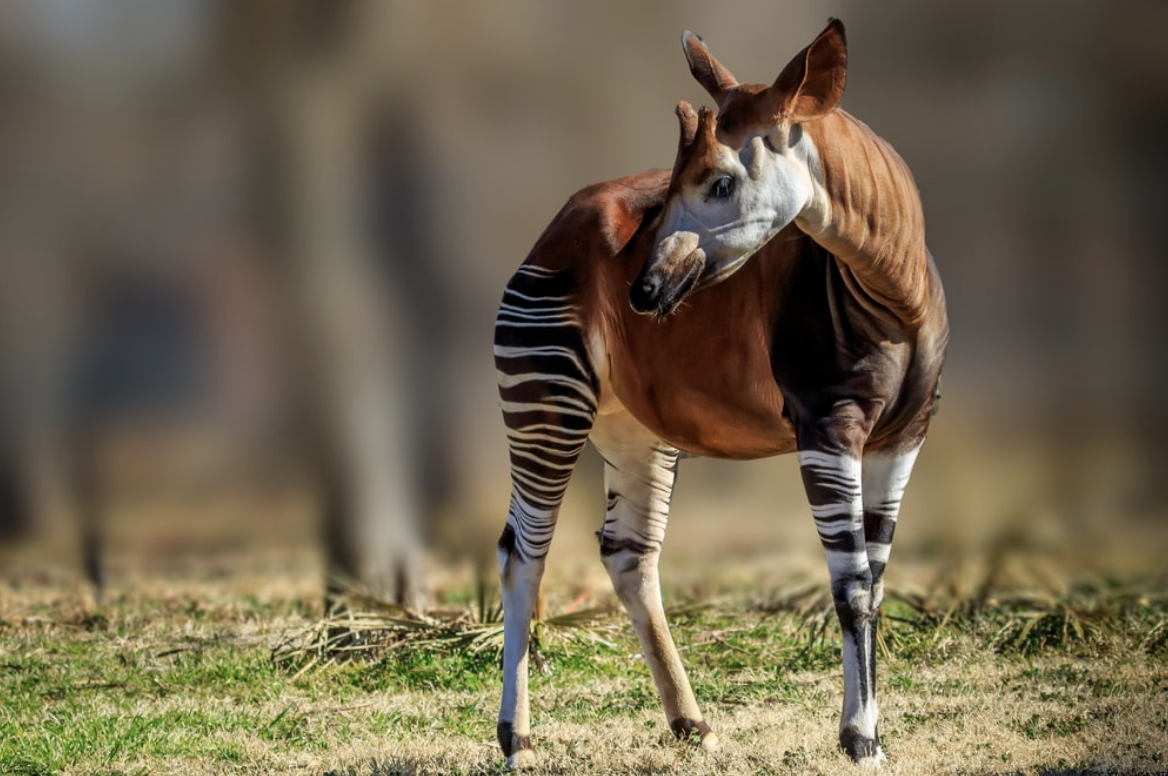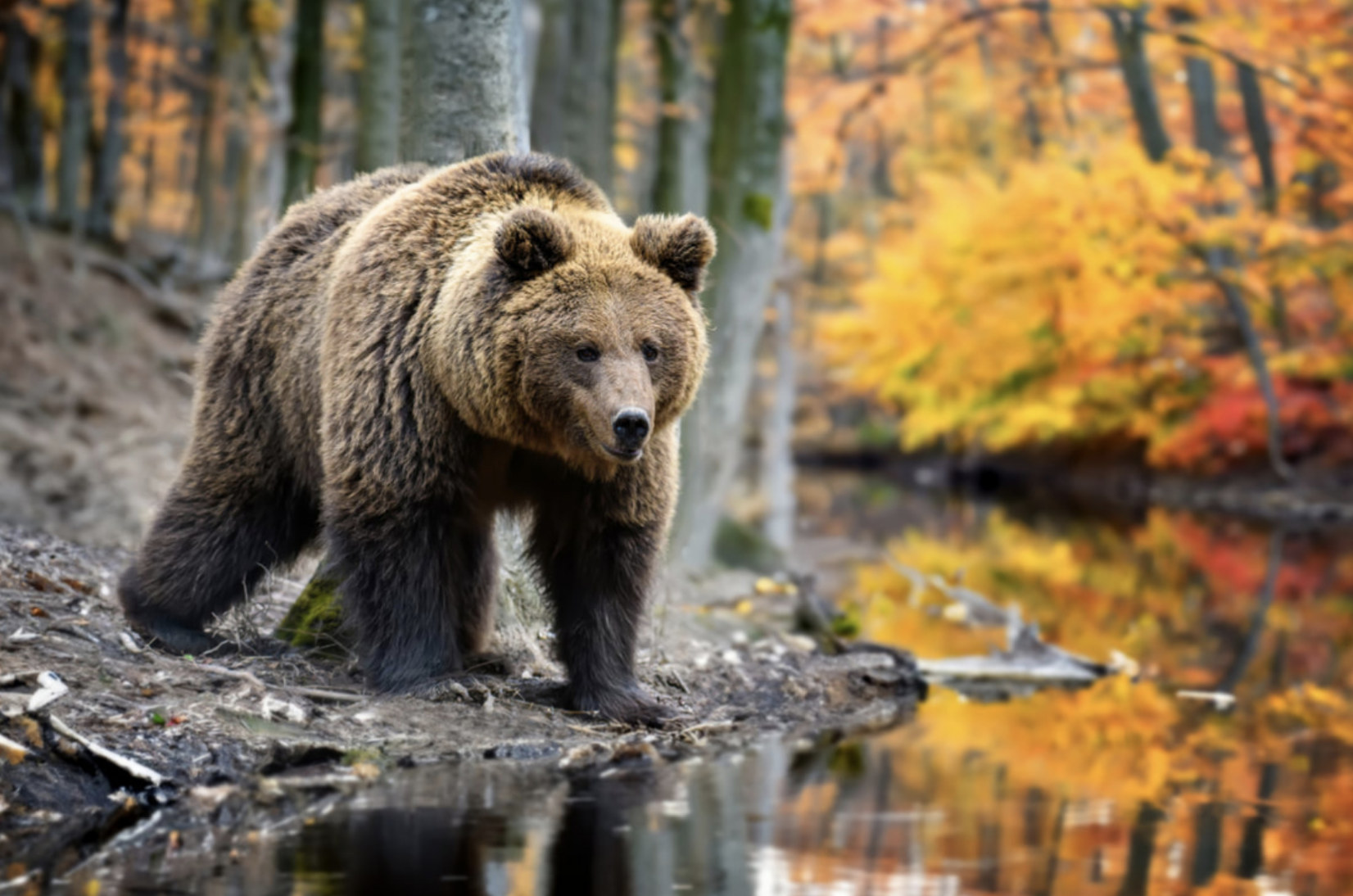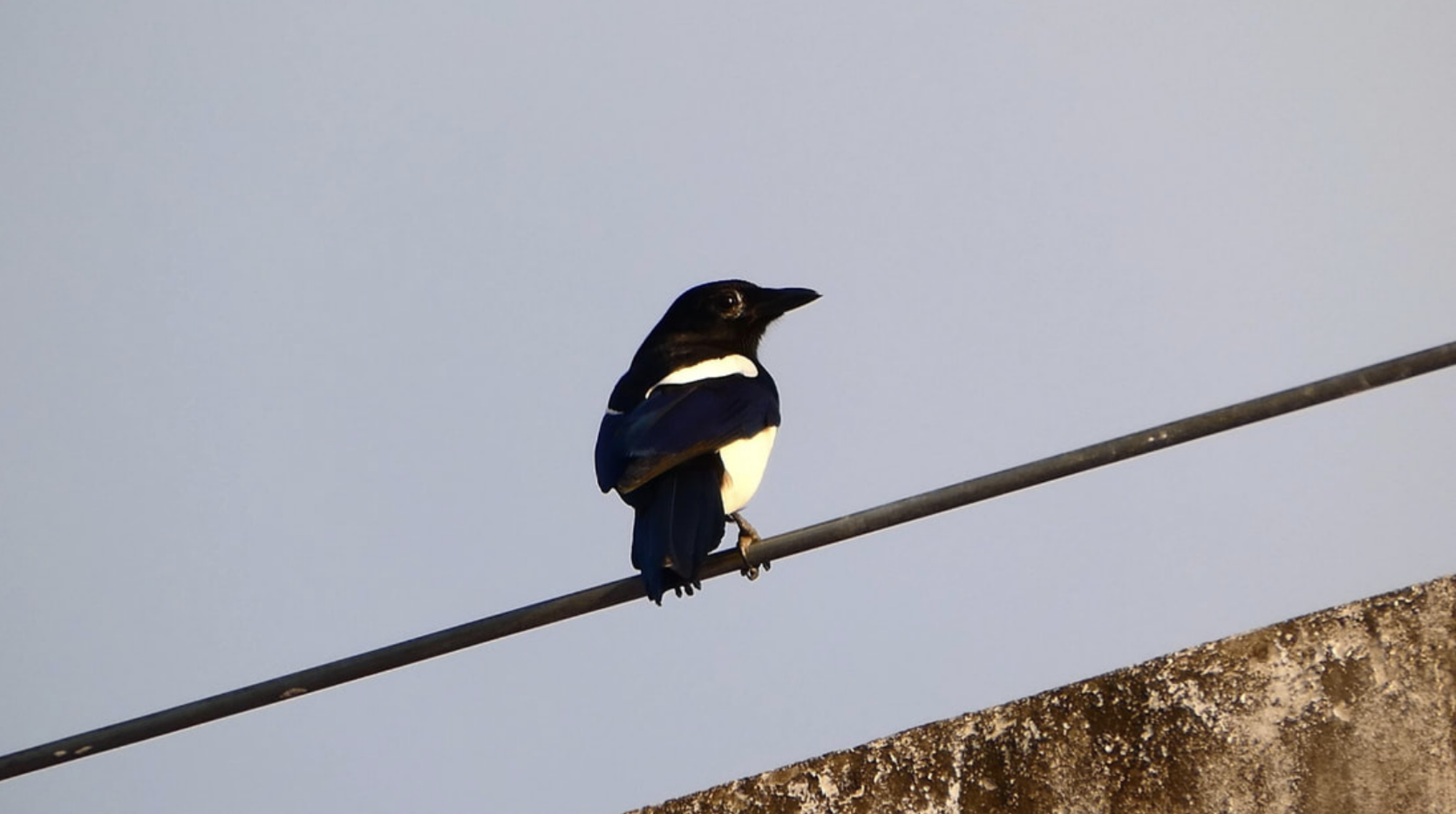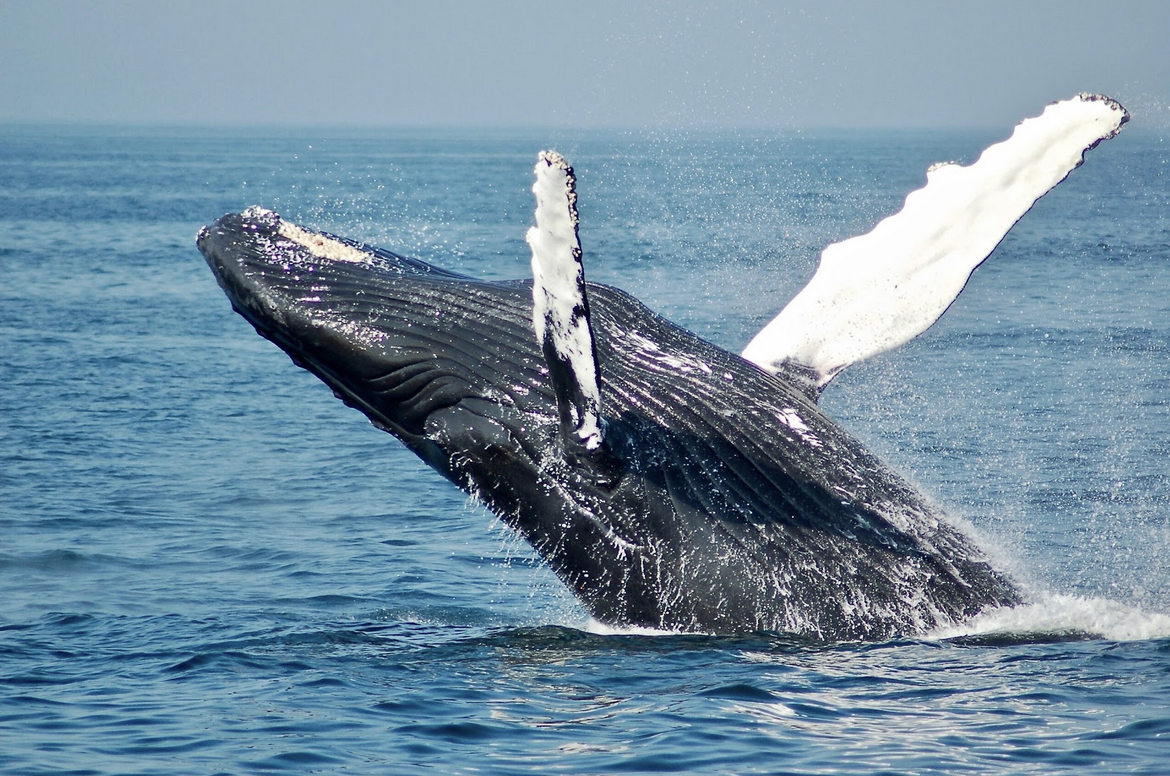The Dragon Li, also known as the Chinese Li Hua, is a strikingly beautiful domestic cat breed with a wild, tiger-like appearance. Its short coat is dense, glossy, and typically features a unique tabby pattern with distinct mackerel stripes. The base coat is usually a rich golden-brown, and the dark stripes resemble brushstrokes, giving the breed an artistic, natural look. Its large, almond-shaped green or yellow eyes give it a piercing, intelligent gaze, while its broad, rounded head and slightly upturned nose add to its charm. With a muscular yet agile build, the Dragon Li exudes strength and elegance, making it reminiscent of its wildcat ancestors.
Dragon Li cats are known for their intelligence, curiosity, and independence. They are skilled hunters, a trait inherited from their wild origins, and love engaging in activities that stimulate their mind and body. Despite their independent streak, they are highly affectionate with their families, forming deep bonds with their human companions. They often display a calm demeanor but can be playful and energetic when the mood strikes. Dragon Lis are also known for their vocal nature; they communicate with their owners through a range of meows, chirps, and purrs. They are social cats, often getting along well with other pets and children, provided they have time to adjust.
Stray Dragon Lis, often found in rural areas or near human settlements in China, are a fascinating mix of wild instinct and domestic adaptability. These cats are highly resourceful, relying on their sharp hunting skills to survive in the wild. They are naturally wary of humans, reflecting their semi-feral roots, but with patience and care, they can learn to trust and adapt to a domestic life. Observing a stray Dragon Li evokes both admiration and a sense of responsibility. Their resilience is awe-inspiring, but it also highlights the importance of humane efforts like spaying, neutering, and providing shelters to ensure their well-being. Stray Dragon Lis are a testament to the enduring connection between humans and cats, reminding us of the need to protect and respect these extraordinary animals.

